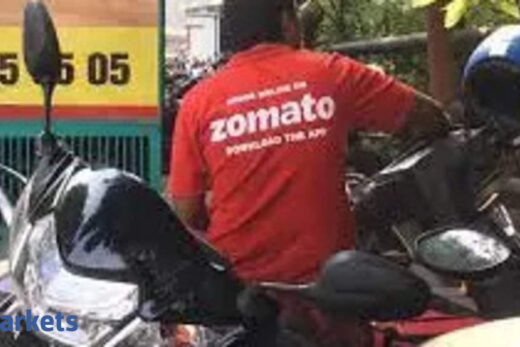The two entities are setting up a $300-million ‘first loss risk sharing instrument’, with State Bank of India (SBI) as its programme manager. This facility would seek to garner around $1.5 billion in financing for EVs. The instrument would act as a hedging mechanism, for banks to access in case of defaults of loans on purchase of EVs, and is expected to bring down the cost of financing for EVs by 10-12%, Amitabh Kant, CEO of Niti Aayog, told ET. The risk sharing instrument of $300 million would be institutionalised with SBI, and the funds would be available for all financial institutions to access as a first-loss instrument, said Kant.
‘Difficult to Ascertain Residual Value’
The present rate of interest for electric two-wheelers & electric 3-wheelers is in the range of 20-25%. That is expected to come down to 10-12%.
EVs still do not have a robust resale market, making it difficult for banks to ascertain residual value. This has led to higher cost of financing for EVs compared to ICE vehicles, said Kant.
Banks also say they haven’t been too successful financing the e-rickshaws earlier.
“The financial institutions had to bear losses in cases of default as their residual value was low,” said Kant.
That’s why banks are circumspect.
“It’s a very niche market and we want to test the waters first before taking the plunge,” said a senior official with a Mumbai-based private bank. “Currently, there is very little demand in this segment, versus other sectors like home loans, small business loans which are seeing much better growth.”
Another leading banker said that several EV buyers also lack credit history.
“We are not being risk averse, but a lot of these clients are new to credit and from segments which are generally catered to by NBFCs,” the lender said. “The segment is quite small and overcrowded by fintechs and NBFCS.”
According to Sulajja Firodia Motwani, CEO of Kinetic Green whose company specialises in electric three-wheelers, NBFCs and banks are still not looking at EV financing as a significant business opportunity. Motwani believes that the finance and banking community should create EV funding products.
To be sure, financing EVs offers a more lucrative financing opportunity due to higher returns. Banks have some concerns with respect to EV technology, warranty, battery life, etc, but with a proactive approach and dialogue with OEMs, these can be explained and addressed, Motwani said.
Experts believe the government can help by giving EVs priority lending status and creating a large fund from international banks like green masala bonds.
NBFCs such as Shriram City Union Finance (SCUF) and L&T Finance have tied up with many EV makers and a number of dealers to offer loans to the EV segment.
“We believe it’s the next big thing for the 2W market and we’re sort of going all guns blazing. Currently, 20% of all 2W EVs sold need financing, but as the production ramps up and more middle class and lower middle class customers start buying, financing of EVs will rise,” said YS Chakravarti, MD of SCUF, the second-largest two-wheeler financier in India.



